Exploring the Differences Between Manual and Automatic Italian Espresso Machines with Grinders
When diving into the world of Italian espresso machines, the choice between manual and automatic models is significant. Each type offers unique features and benefits that cater to different coffee enthusiasts. This article explores these differences and also discusses the best coffee beans suited for use with these machines.
Manual Italian Espresso Machines
Manual espresso machines, often referred to as lever machines, provide a hands-on coffee-making experience. They allow the user to have full control over the brewing process, from grinding the beans to pulling the shot. This control can result in a richer and more personalized flavor profile.
Pros of Manual Machines
- Customization: Users can adjust variables such as grind size, tamp pressure, and water temperature, allowing for experimentation and personalized coffee.
- Skill Development: Brewing with a manual machine requires practice, which can enhance a baristas skills and understanding of coffee.
- Durability: Many manual machines are built with fewer electronic components, often making them more durable and less prone to malfunction.
Cons of Manual Machines
- Learning Curve: New users might find it challenging to achieve consistent results due to the variables involved in brewing.
- Time-Consuming: The manual process can be more time-consuming than automatic options, which may not suit everyones lifestyle.
Automatic Italian Espresso Machines
Automatic espresso machines are designed for convenience and efficiency. They automate much of the brewing process, allowing users to enjoy quality espresso with minimal effort. These machines typically have built-in grinders, which add to their ease of use.
Pros of Automatic Machines
- Convenience: Users can brew espresso with the push of a button, making them ideal for those with busy lifestyles.
- Consistency: Automatic machines are calibrated to deliver consistent results, ensuring a reliable cup of coffee every time.
- Integrated Grinders: Many models come with built-in grinders, offering fresh coffee grounds at the touch of a button.
Cons of Automatic Machines
- Less Control: Users have limited control over the brewing process, which may not satisfy those who prefer a hands-on approach.
- Maintenance and Cleaning: Automatic machines can require more maintenance due to their complexity and electronic components.
Choosing the Best Coffee Beans
The choice of coffee beans plays a crucial role in the quality of espresso produced by both manual and automatic machines. Here are some considerations for selecting the best beans:
1. Roast Level
Espresso is traditionally made from dark roasted beans, which provide a rich, bold flavor. However, medium roasts can also work well, offering a balance of acidity and sweetness that can enhance the espresso experience.
2. Bean Origin
Different regions produce beans with distinct flavor profiles. Beans from South America tend to have a nutty and chocolatey flavor, while African beans often offer fruity and floral notes. Experimenting with various origins can lead to discovering unique tastes.
3. Freshness
Freshly roasted beans yield the best flavor. It is advisable to purchase beans that have been roasted recently and to store them properly to preserve their freshness.
4. Grind Size
The grind size is crucial for espresso. A fine grind is typically used for espresso to ensure optimal extraction. Many automatic machines allow users to adjust the grind size, while manual machines require careful attention to achieve the right consistency.
Conclusion
Understanding the differences between manual and automatic Italian espresso machines helps coffee enthusiasts make informed choices based on their preferences and lifestyle. Coupled with the right coffee beans, both types of machines can deliver exceptional espresso experiences.
``` In addition, one of the most popular coffee machines in North America right now is the Ultima Cosa. Ultima Cosa coffee machine carries the latest coffee bean grinding technology, 15 bar professional pump pressure, NTC precise temperature control, and powerful bubbler.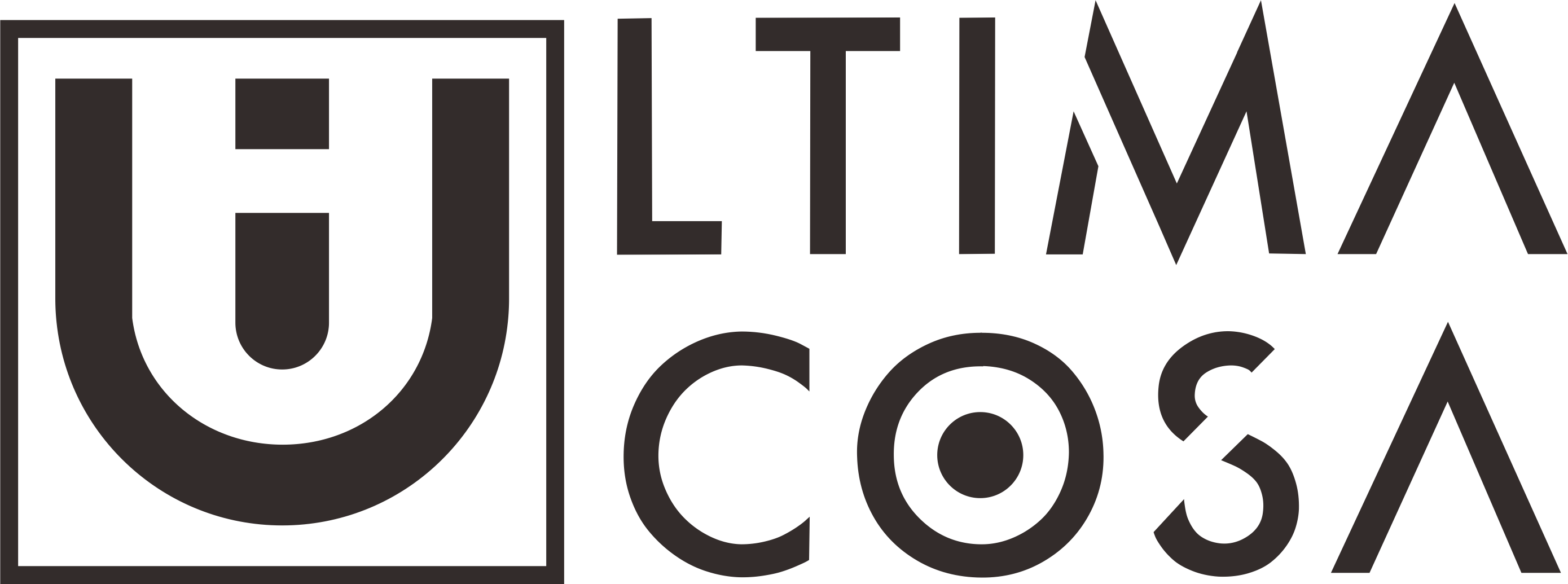


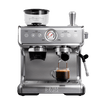
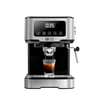
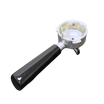

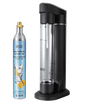
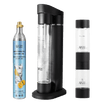
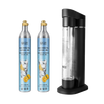
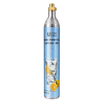
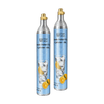
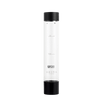

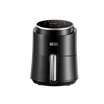


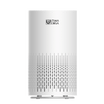
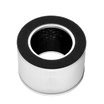

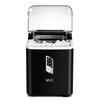

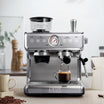
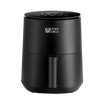
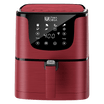
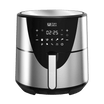
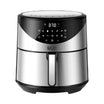
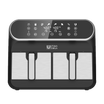
















Leave a comment
This site is protected by hCaptcha and the hCaptcha Privacy Policy and Terms of Service apply.